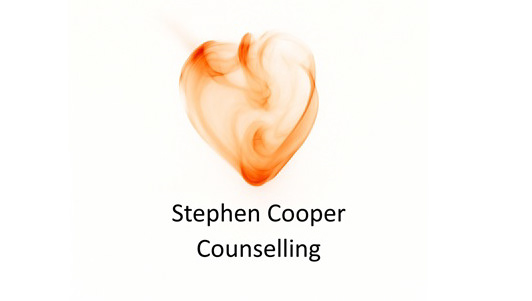Addiction is a sustained, long-term performance of an activity or use of a substance that
creates harmful consequences. Signs of addiction include a strong preoccupation with the
behaviour or substance, an increased tolerance over time, the development of problems
affecting health, relationships, and career, an inability to stop, and negative physical and
emotional symptoms upon withdrawal. The repetition of a behaviour reinforces the
addiction over time if interventions or behavioural change are either not attempted or are
not successful. For example, synapses of the brain’s frontal lobes adapt to focus attention
on any information relating to the desired activity. However, brain changes are reversible if
the behaviour or substance use is discontinued. Addictions can be divided into two types:
Substance addiction and non-substance addiction. Substance addiction includes the use of
alcohol, caffeine, cannabis, inhalants such as aerosol sprays, opioids such as codeine and
heroin, stimulants such as cocaine and methamphetamine, and sources of nicotine like
tobacco and vapes. A substance addiction developes from the chemical changes produced in
the person’s body due to their use of the substance. Substance addiction may not be
evident with just occasional use, but such a situation will still present the risk of an addiction
developing. However, an addict can experience cycles which alternate between intense and
mild use, possibly including periods of relapse and remission, but often with a gradual
worsening of their physical state over time. Non-substance addiction is an addiction to a
behaviour and the associated feelings. Addictive behaviours include gambling, eating,
exercise, dieting, shopping, sex and pornography, shoplifting and theft, video gaming, and
internet use. In such instances, performing an addictive behaviour is stimulating and
releases dopamine in the brain, a chemical associated with pleasure and reward, which
encourages the person to then re-enact the behaviour. Withdrawal from an addictive
substance will likely produce intense physical and emotional symptoms and sometimes even
death, but withdrawal from a non-substance addiction can also entail physical and
emotional consequences such as agitation, anxiety, and depression. All addictions have the
potential to produce feelings of hopelessness, failure, shame, and guilt.
creates harmful consequences. Signs of addiction include a strong preoccupation with the
behaviour or substance, an increased tolerance over time, the development of problems
affecting health, relationships, and career, an inability to stop, and negative physical and
emotional symptoms upon withdrawal. The repetition of a behaviour reinforces the
addiction over time if interventions or behavioural change are either not attempted or are
not successful. For example, synapses of the brain’s frontal lobes adapt to focus attention
on any information relating to the desired activity. However, brain changes are reversible if
the behaviour or substance use is discontinued. Addictions can be divided into two types:
Substance addiction and non-substance addiction. Substance addiction includes the use of
alcohol, caffeine, cannabis, inhalants such as aerosol sprays, opioids such as codeine and
heroin, stimulants such as cocaine and methamphetamine, and sources of nicotine like
tobacco and vapes. A substance addiction developes from the chemical changes produced in
the person’s body due to their use of the substance. Substance addiction may not be
evident with just occasional use, but such a situation will still present the risk of an addiction
developing. However, an addict can experience cycles which alternate between intense and
mild use, possibly including periods of relapse and remission, but often with a gradual
worsening of their physical state over time. Non-substance addiction is an addiction to a
behaviour and the associated feelings. Addictive behaviours include gambling, eating,
exercise, dieting, shopping, sex and pornography, shoplifting and theft, video gaming, and
internet use. In such instances, performing an addictive behaviour is stimulating and
releases dopamine in the brain, a chemical associated with pleasure and reward, which
encourages the person to then re-enact the behaviour. Withdrawal from an addictive
substance will likely produce intense physical and emotional symptoms and sometimes even
death, but withdrawal from a non-substance addiction can also entail physical and
emotional consequences such as agitation, anxiety, and depression. All addictions have the
potential to produce feelings of hopelessness, failure, shame, and guilt.
